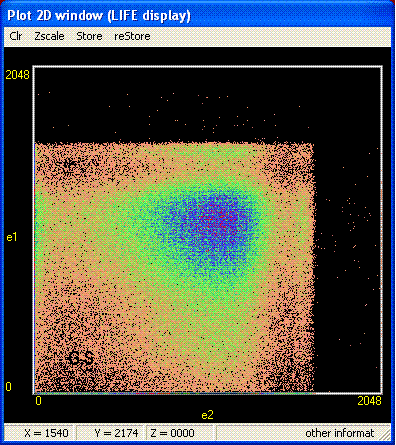Gregor Schiwietz
Basic Solar Energy Research
Principle Mechanisms in Photovoltaics
Actual research routes are related to charge-carrier up- and down-conversion, specifically to carrier multiplication.
Schemes of the most likely mechanisms for charge-carrier multiplication are shown in the subsequent figure 1.
Figure 1: Possible Carrier-Multiplication Mechanisms. This includes primary multi-particle excitations mediated via electronic correlation as well as collision-induced charge-carrier multiplication in subsequent cascade processes.
Three different types of experiments are currently checked regarding their pros and cons for determining the effects of (primary or collision induced) charge-carrier multiplication, recombination and cooling of charge carriers. Possible setups to be installed might use either short-pulse laser light or synchrotron light at BESSY II.
One suggested type of experiment is based on electron-electron coincidences for photo electrons generated by the BESSY synchrotron radiation. Forerunner experiments, respectively technical feasibility studies, have been performed with relativistic incident protons (40 MeV H+) and bare He ions (100 MeV He2+), as shown in the graph below. A significant number of true coincidences between the broad and weak Auger-electron structure and cascade electrons are visible, proving the feasibility of the corresponding BESSY experiment.
Figure 2: Raw data of a test coincidence experiment performed with fast bare He ions


